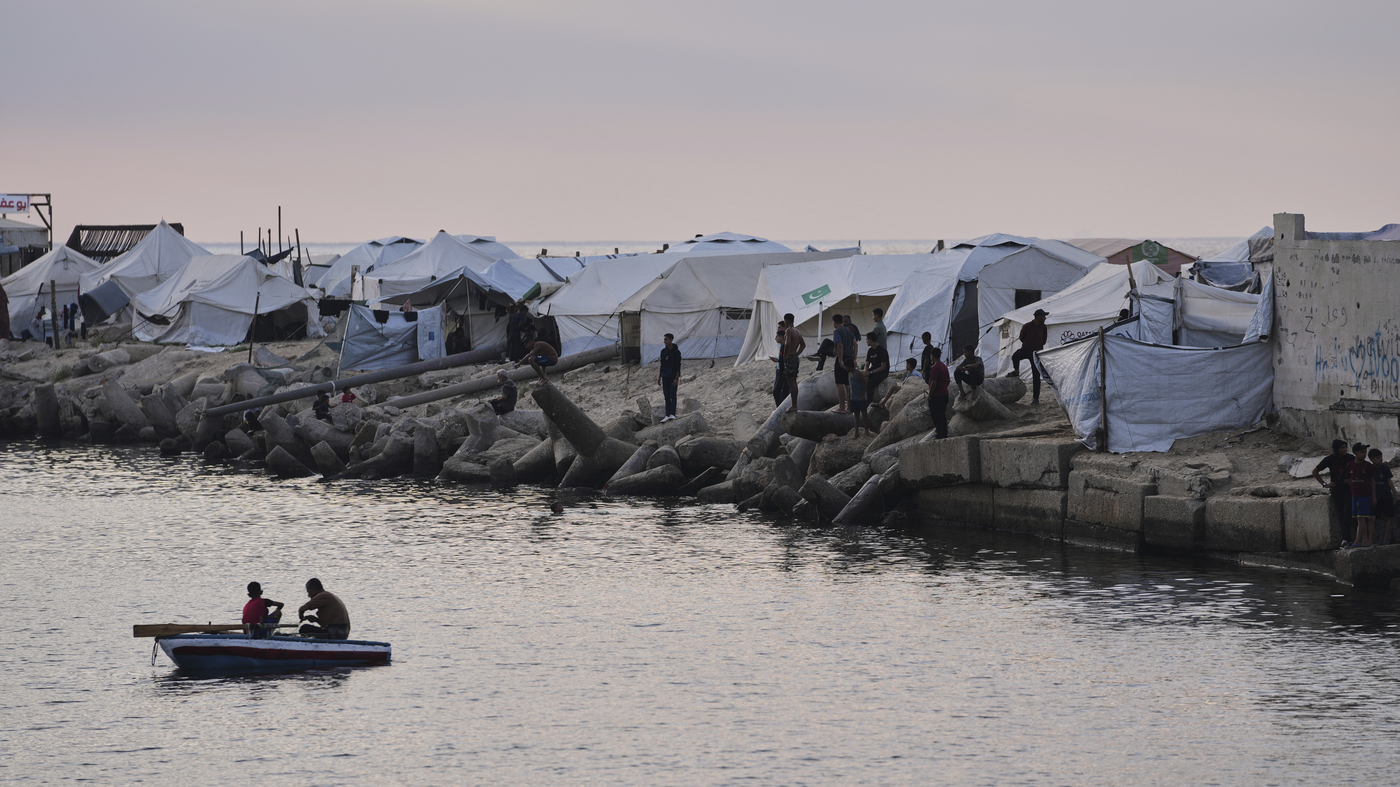The emergence of a new armed group in Gaza, reportedly supported and armed by Israel, marks a significant and complex development in the Israeli-Palestinian conflict. This development introduces additional layers to the existing tensions, raising critical questions about strategy, ethics, legality, and regional stability. By examining the group’s formation, Israel’s alleged involvement, the broader political context, and potential repercussions, a nuanced understanding of this phenomenon emerges.
The Formation and Character of the New Militia
This newly surfaced militia, sometimes referenced as “The Popular Forces” or linked to figures like Yasser Abu Shabab, is reportedly composed of individuals labeled as looters and criminals. The strategic choice to arm such a group signals a controversial tactic, reflecting deeper challenges in countering Hamas within Gaza. The composition of this militia not only raises ethical issues but also highlights a pragmatic, albeit risky, approach that embraces questionable allies to achieve immediate tactical gains.
Israel’s Strategy: Divide and Conquer?
Allegations suggest that Israel’s support for this militia forms part of a broader “divide and conquer” strategy aimed at fracturing Hamas’ authority within Gaza. By empowering an internal opposition, Israeli officials may hope to weaken Hamas and complicate its governance. However, history indicates that arming non-state groups with murky backgrounds can backfire, leading to increased violence or fragmentation that undermines long-term peace prospects. The complexity of this approach lies in balancing immediate operational advantages with lasting repercussions.
Conflicting Accounts and Strategic Ambiguity
Different reports offer varying depictions of Israel’s role—some suggest direct arming and coordination, while others describe more indirect support or passive tolerance. The uncertainty surrounding Israel’s involvement deepens the ambiguity of the militia’s purpose and alignment. This tactical opacity serves both to shield official responsibility and to preserve strategic flexibility, though it complicates efforts to assess accountability and anticipate future outcomes.
Detailed Insights from Haaretz: Abu Shabab Militia in Rafah
Haaretz’s investigative reporting provides critical insights, using satellite imagery and videos to track the militia’s expansion, particularly in southern Gaza near Rafah—an area reportedly under Israeli control. The militia’s activities, including involvement in aid distribution coordinated with Israeli forces, suggest a nuanced relationship that blends security, humanitarian, and political dimensions. This underscores how military and civil spheres become intertwined in conflict zones, complicating traditional distinctions and roles.
Gaza’s Power Vacuum: Challenging Hamas
The militia’s rise occurs amid the devastation wrought by ongoing Israel-Hamas conflict, which threatens to create a power vacuum in Gaza. As Hamas’ control weakens, emergent groups may attempt to fill gaps in governance and authority. The new militia thus represents a challenge to the existing political order, potentially redefining power dynamics and prompting shifts in alliances. However, such fragmentation risks further destabilization, indicating the precariousness of Gaza’s future governance structure.
Humanitarian Dimensions: Aid Distribution and Legitimacy
The militia’s reported role in dispensing aid adds another layer to its complex identity. By managing humanitarian assistance, the group seeks to bolster its legitimacy and public support. Yet, intertwining armed actors with aid delivery risks compromising impartiality and neutrality, potentially endangering aid workers and undermining the effectiveness of relief efforts. The blurred boundaries between military objectives and humanitarian responsibilities illustrate the dangers of militarizing civilian aid.
International Reactions and Regional Implications
The international community views the militia’s emergence with concern, chiefly over possible escalations in violence and human rights abuses. Regional actors face conflicting interests: some Arab leaders express discontent with Hamas yet apprehension about Iranian influence. The broader geopolitical context shapes responses to this development, with international reactions hinging on perceived legitimacy and conduct of both Israel and the militia on the ground.
Ethical and Legal Considerations
Supporting armed, non-state groups raises profound ethical and legal questions. International law generally prohibits states from assisting groups engaged in violent or terroristic activities. While Israel might justify its actions on self-defense grounds, it remains bound by obligations to ensure compliance with humanitarian norms. Failure to enforce such standards risks not only legal repercussions but damage to Israel’s diplomatic standing and moral credibility.
The Risk of Unintended Consequences
Empowering a militia with alleged ties to criminal elements introduces significant risks. These include a potential breakdown of law and order, increased civilian harm, and the emergence of new extremist factions. The group’s future loyalties could shift, posing threats even to its initial patrons. Such unintended outcomes illustrate the inherent instability in leveraging volatile actors as instruments of policy.
A Murky Outlook for Gaza’s Future
This development adds to the region’s volatility, with long-term consequences difficult to predict. The militia’s presence may fundamentally alter Gaza’s security and political fabric, complicating prospects for peace, reconstruction, and governance. The uneasy coexistence of multiple armed factions, foreign influence, and humanitarian needs paints a picture of ongoing fragility.
Navigating a Precarious Path Forward
The appearance of an Israeli-backed militia in Gaza highlights a fraught strategic gamble—one filled with ethical dilemmas and unpredictable outcomes. Whether this approach undermines Hamas or exacerbates instability is uncertain. A sustainable future for Gaza demands a multifaceted strategy prioritizing stability, humanitarian relief, and adherence to international law, avoiding short-term expedients that might fuel long-term cycles of conflict.
In sum, the emergence of this new armed group embodies the complex interplay of strategy, ethics, and power in one of the world’s most protracted conflicts. Its development should provoke careful and nuanced consideration among policymakers, observers, and stakeholders invested in shaping Gaza’s future trajectory.

